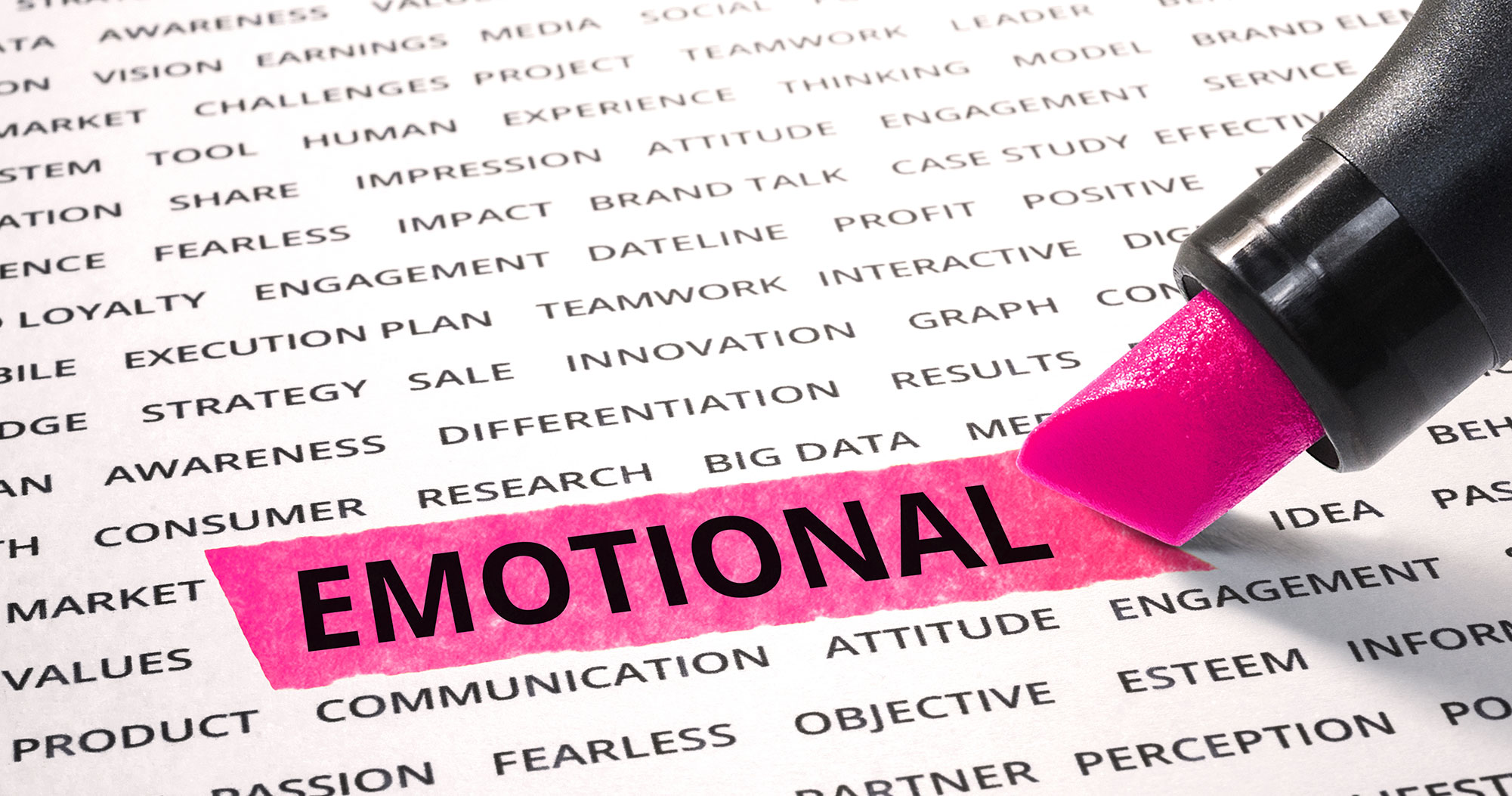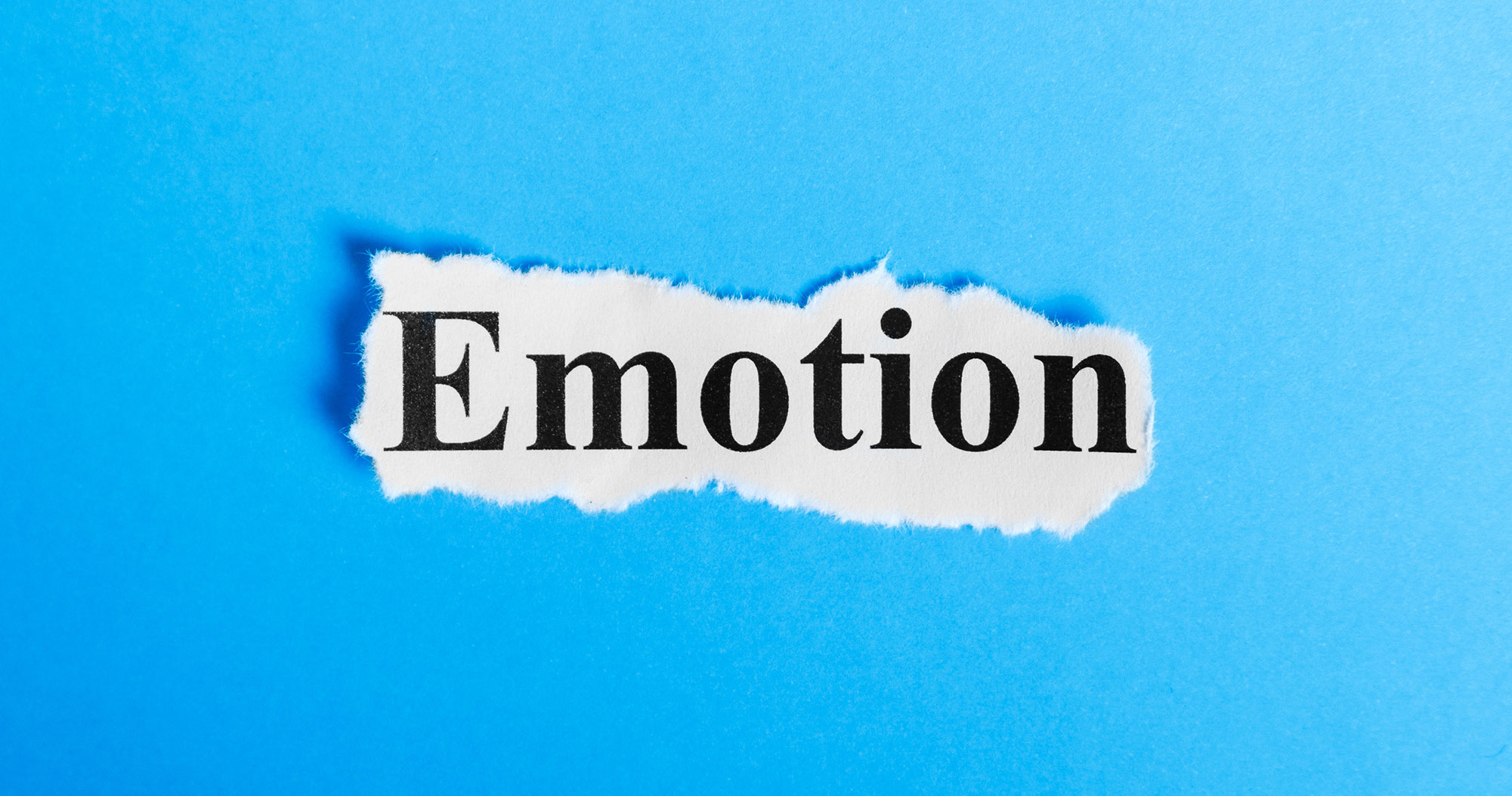What is Emotional Branding? Why Is It Effective For Your Business?

Emotion impacts the relationship between brand experience and brand loyalty either positively and negatively. According to Harvard Business Review, 50% of a brand experience is based on emotion.
Table of Contents
What is Emotional Branding?

Emotional branding is the practice of building brands that appeal to a consumer by provoking their emotions. Marketers create contents that attract a consumer’s emotional state, needs, aspirations, and ego.
Why is Emotional Branding Important for Your Business?

According to Tailor Brands, consumers are likely to be involved in products that are culturally or emotionally significant to them. 64% of women and 68% of men said they had felt emotional connection with a brand in a survey. 19% of customers are likely to spend more on the brands they are loyal to, which explains that branding doesn’t only affect reputation but also has an impact on sales.
Some benefits of Emotional Branding
- Human connection & positive brand recognition
- Brand loyalty
- Better retention
- Customer lifetime value
- Better ad targeting, more specific campaign, and better RO
- Differentiate from other competitors
Why Emotional Marketing Works?

Emotion is Human Nature
We feel happy when someone treats us nice, or we feel sad when we lose a member of our family. We experience emotions subconsciously.
Emotional Branding is the best way to impress someone.
In this era, information is flooded everywhere, either online or offline. Describing a product’s detail in an ad without thinking about what can impress consumers doesn’t stand out from the crowd. If an ad can make people laugh or think, it can make a good impression.
People Make Decisions Based on Emotions
Studies explain how emotions influence what we buy. According to this article, “Most people believe that the choices they make result from a rational analysis of available alternatives. In reality, however, emotions greatly influence and, in many cases, even determine our decisions.” A good emotion marketing campaign can attract people and help them decide to buy.
How to Measure Emotional Branding

Emotional marketing can be measured just like you do in other marketing campaigns. You can refer to click-through rate, subscription, and conversion rate, but also a manual analysis such as feedback and survey for your campaigns. In this way, you can hear real-time audience opinions that you can’t find from numbers. Also, you can see how followers react to your post. Your followers are likely to share your post when they feel positive or happy about it.
Emotional Branding Guide

1. Know your audience
In any marketing strategy, the first step is knowing your audience. Conduct target audience research and decide what emotion you want to elicit from your audience.
2. Storytelling
Telling a story is an effective way to appeal to your audience with emotions. Also, storytelling is easily relatable and shareable. Studies show that 89% of video marketers say video gives them a good ROI.
In this short video, Joseph Batson tells a story about his car from Subaru. He used to own his old car from Subaru and drive from Boston to New York often. Then, He moved to Texas for work where he doesn’t know anybody. He was missing his family and friends, so he created West Texas Subaru owners club on Facebook. After his daughter was born, he decided to buy a used car with more space in the back from Subaru. He said a Subaru car is safe and trustable, and he thinks his daughter’s first ride needs to be in a Subaru because Subaru meant so much to him. He likes helping someone who has a Subaru car in his club because he feels some connection to them. Viewers can tell Subaru’s car is durable, safe, and family-friendly from this story with Subaru.


.jpg)
.jpg)
.jpg)


